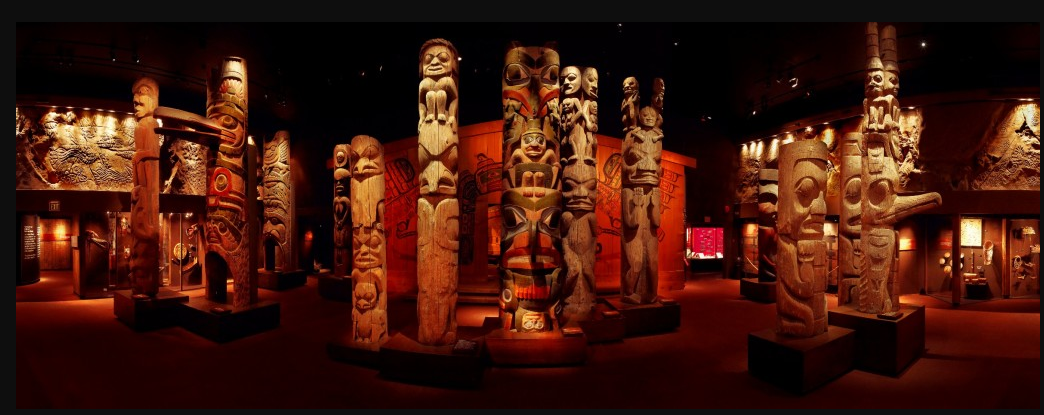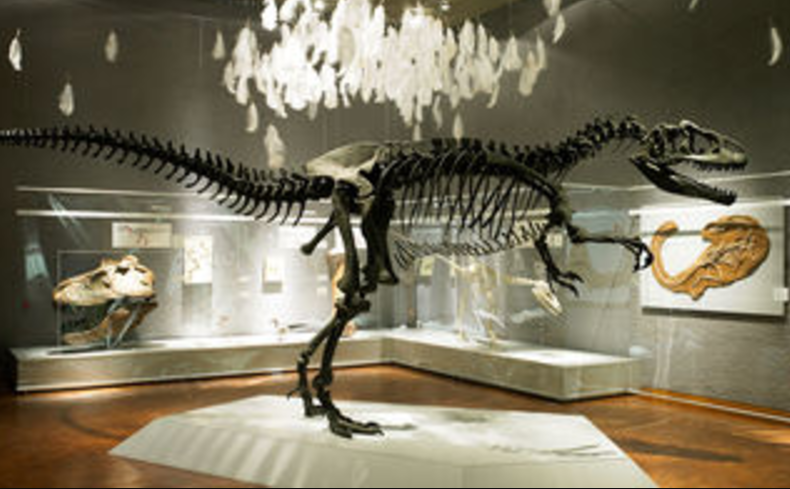 aNewDomain– I’ll admit I’m a frustrated artist.
aNewDomain– I’ll admit I’m a frustrated artist.
In college, I spent many a day diving deep into classical archaeology, ancient numismatics and , of course, Egyptian Ushabtis. I even fantasized that I’d some day toil in a museum among precious works of art and ancient artifacts.
That dream died when I realized I’d need a PhD, but my idea of a great afternoon still involves kicking back in a new museum someplace. And if that happens to combine tech and IoT, my other passion, all the better.
That’s why I was psyched to check out a gallery control tech called Nodel.io.
Nodel, you see, is a powerful, distributed system for managing digital exhibits at museums. Looked at broadly, though, its architecture and capabilities hint at the wider future of IoT management.
Here’s what I uncovered …
IoT and the essential museum
A joint venture between Museums Victoria and Lumicom, Nodel is at heart a connectivity platform that offers IoT-capable device control, monitoring and automation for digital museum exhibits.
The product came out of a project designed for the Melbourne Museum’s First Peoples exhibition back in 2013.
An ambitious exhibit with more than 40 digital media displays, it was technically challenging at a number of levels. Nodel was created to manage them all.
 These days, Nodel’s gallery control system offers museums a powerful way to control, customize and manage their digital exhibits as they will, without too much fear of bringing the whole digital setup down.
These days, Nodel’s gallery control system offers museums a powerful way to control, customize and manage their digital exhibits as they will, without too much fear of bringing the whole digital setup down.
That’s because it’s a modular, fully distributed system. In other words, if the infrastructure fails and one exhibit goes down, the others stay up.
Another standout feature is its use of open source development tools and protocols.
The idea is that administrators won’t need to hire specialists to run and customize the system.
A bespoke system
Nodel, I should mention, is a bespoke system that includes such core functions as device control, monitoring and scheduling. Its robust architecture that distributes points of failure throughout the museum, reps say, so that if one component fails, others can continue to function.
That modular, nodal architecture is the whole reason it’s called Nodel, they add. The whole architecture is built around so-called “nodes,” each of which performs a specific task.
Nodes communicate via a common, open language, and it’s possible to program one node as translator to the others.
 For instance, a node might control a device such as a projector that uses the PJLink protocol, or a display that uses the RS232 protocol.
For instance, a node might control a device such as a projector that uses the PJLink protocol, or a display that uses the RS232 protocol.
Equipment might be a simple I/O device such as a push-button all the way to a highly complex device, such as a video matrix switcher.
Fun with nodes
It’s also possible to set up a node to control other notes on the network.
For instance, you might program one node to poll others to retrieve status. Or you might want it to instruct others to perform certain actions at a specific time.
Each node in the network is capable of operating independently, and each can manage its own connections to other network notes and re-establish communications if they are ever disrupted.
For configuration, control and diagnostics, there’s one web-based user interface per node.
The Nodel control system, it’s worth adding, is based on commonly- available and openly-documented protocols and formats. It’s also self-announcing, self-configuring and fully independent at both network and platform levels.
available and openly-documented protocols and formats. It’s also self-announcing, self-configuring and fully independent at both network and platform levels.
Final thoughts
One of the big selling points of Nodel, you know, is that it can lead to a dramatic cost savings for museums. That’s because it’s ease and power obviates the need for a lot of the tech management they need now for their digital exhibits.
That’s great for everyone but the newly out-of-work museum employees, of course. And it’s emblematic, unfortunately, of the profound disruption countless businesses and industries will see as IoT tech and management tools like Nodel become ubiquitous.
That’s concerning, to say the least. But it sure makes me glad I didn’t pursue my college dream of going to work for a museum full-time.
For aNewDomain, I’m Brian D. Colwell.
Images: English.gov.cn, All Rights Reserved; MuseumVictoria.com.au, All RightsReserved; TheCultureTrip, All Rights Reserved; Emee-Young-Scenographers, All Rights Reserved.













